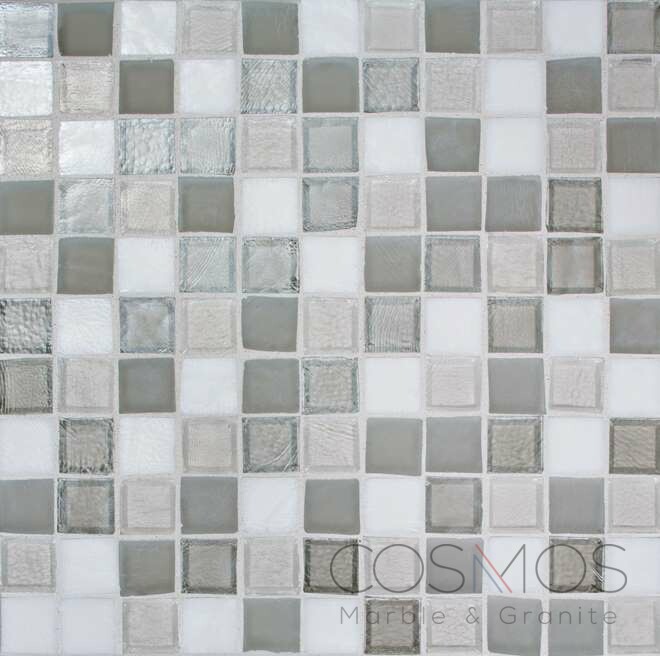

Ask about the complete list of quality features and finishes.Įnvision yourself at the Resident Rooftop Club Room & Lounge with live entertainment in view. ceilings in main living areas highlighted by black-framed windows, luxe kitchens with caesarstone countertops, soft-close wood cabinetry, expansive islands, Smart appliances, LVP luxury flooring, decorative lighting with mini can lights, bathrooms with tile floors & showers, designer bedroom closets, and so much more. Live in comfort in one of the modern, amenity-rich condominiums featuring 1, 2 and 3 bedroom designs.

Choose one of the first condo's offered in Tessera and enjoy the energy and accessibility of vehicle-free urban living at MOSAIC. That’s the live-work-learn-play lifestyle that Tessera at MOSAIC provides. Those artifacts help us understand more about the past.Imagine every convenience right outside your door or just around the corner. Why? People have developed techniques to uncover and preserve artifacts like these mosaics. Visitors from all over the world will come to Lod to see the mosaics. The museum is designed to recreate an ancient Roman villa like the one that housed this floor. The mosaics’ new home is at the Shelby White and Leon Levy Mosaic Lod Archaeological Center. People viewed them at New York’s Metropolitan Museum of Art, the Louvre Museum in Paris, France, and The Hermitage in St. They cleaned the tiles again and added new grout.įor more than a decade, Israeli authorities raised money for a museum. There, conservators restored the mosaics. The pieces were transported on wooden platforms to a laboratory. The team found a few extra discoveries: lines and paint used as a guide to place the tesserae, and hand and foot prints from the craftsmen who created the mosaic. They carefully levered pieces up from the foundation with crowbars. The workers had to divide the mosaic into smaller pieces to remove it from the ground. Then they glued fabric to the mosaic to keep the tesserae in place. The team took photos to document the mosaic. Roman mosaic tiles were made of stone, glass, or ceramic. Workers cleaned the tesserae (tiles) carefully. That meant finishing the job of excavating the mosaic.

So archaeologists covered the mosaics back up with dirt to keep them protected from weather and damage.īy 2009, officials had decided to build a museum on the site. When the artworks were discovered, there wasn’t enough money to finish digging them up. Others are beasts that would have been exotic to ancient residents of Lod, including an African elephant, a rhinoceros, and a giraffe! Some of the creatures are ordinary, like fish and birds. It features sailing ships and a menagerie of animals.

The collection stretches 56 feet by 30 feet (about the size of half a tennis court). What’s so special about this floor? It’s one of the largest and best-preserved mosaics found in Israel. 200, Lod became a Roman colony called Diospolis. (In Acts 9:32-35, you can read about Peter healing a man there.) Around A.D. The tiled images that made up this floor were discovered in Lod, Israel, in 1996. The set of Roman mosaics probably adorned a rich person’s house in the third or fourth century. Not this one! To be fair, these mosaics stayed put for hundreds of years before traveling the world.


 0 kommentar(er)
0 kommentar(er)
